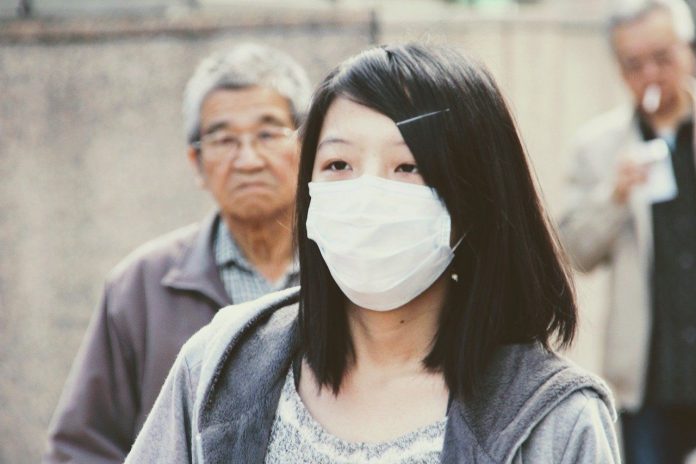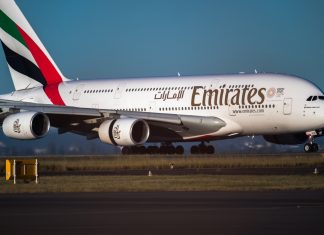As the Pfizer vaccine begins being distributed around the world, how are airlines overcoming the issue of dry ice? The answer to that is with some groundbreaking new packaging from Pfizer and some expert advice from planemaker Boeing.
While we’re all delighted to see the successful rollout of the Pfizer-BioNTech COVID-19 vaccine beginning to take shape around the world, one of the less glamorous elements of this technological breakthrough is the packaging it is shipped in. Early in the process, Pfizer realized that the vaccine’s temperature requirements would make it a problem to ship, particularly by air, so they did something about it.
The pharmaceutical company has reportedly invested $2 billion in its production and logistics solutions, including redeveloping the dry ice packaging. According to Pfizer,
While we don’t know the specifics of the Pfizer packaging, what we do know is that it’s making a huge difference to the ease with which the vaccine will be transported around the world.
Dry ice is, in itself, not a dangerous substance. However, how it behaves can be, particularly on an aircraft. It doesn’t melt like regular ice, but instead it sublimates. This causes it to change from a solid into a gas, releasing carbon dioxide (CO2) into the surrounding area.
In an enclosed space like an aircraft, this could become hazardous. Prolonged exposure could cause crew and passengers to become confused, or even to fall unconsious.
Of course, aircraft have Environmental Control Systems (ECS) that are designed to control CO2, and which can vent these gasses to prevent build up. However, the venting is limited, which means the amount of dry ice being transported must be carefully managed.
The key factor to bring into the equation is the rate of sublimation. This rate can be used to calculate how much dry ice can be carried for a certain length of journey. Driving down that rate of sublimation brings up the amount that can be carried, thereby increasing the payload of vaccine on each plane.


























